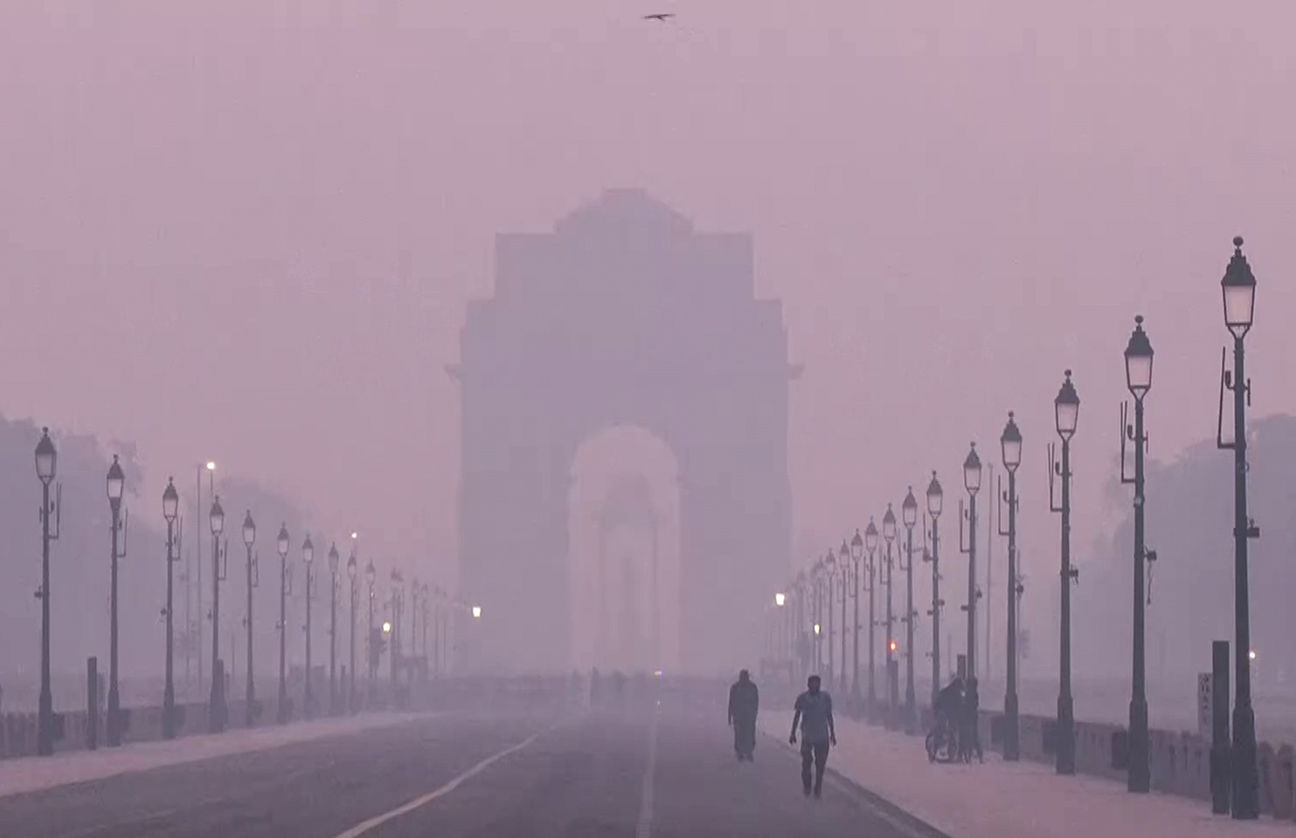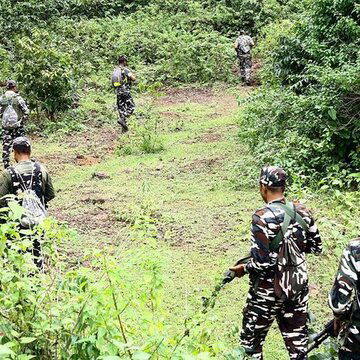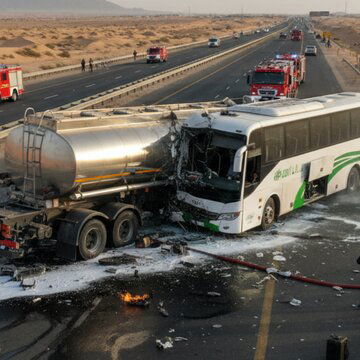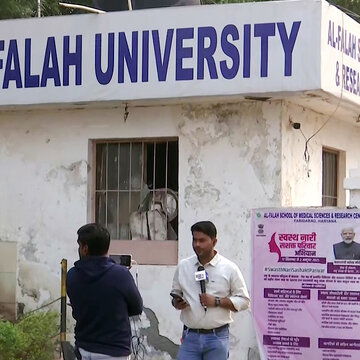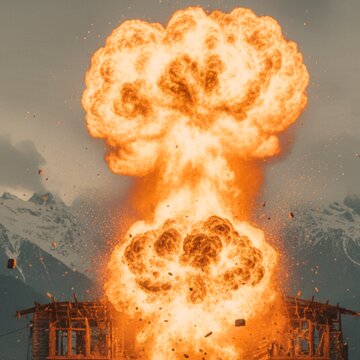Delhi woke up to another toxic morning on Monday, with the city's average Air Quality Index recording 359 at 7 am, firmly within the 'very poor' category. Stage III restrictions under the Graded Response Action Plan (GRAP) remained in force across the National Capital Region.
As per a report by the Economic Times, a dense layer of smog enveloped most parts of the city, with no improvement from Sunday’s reading of 385. According to the Central Pollution Control Board (CPCB), the sharpest deterioration was seen in Bawana, where the AQI touched 427, pushing the locality into the ‘severe’ band - the highest level measured in Delhi on Monday morning.
Smog shrouds city landmarks
As per the report by the Economic Times, other key monitoring stations also reported similarly bad readings: Chandni Chowk 383, RK Puram 366, ITO 394, Punjabi Bagh 384, Patparganj 369, Pusa 365 and Dwarka Sector-8 356. Around India Gate and Kartavya Path, the AQI was recorded at 341, thus maintaining the central district in the ‘very poor’ category. Anand Vihar, long considered one of Delhi's most polluted pockets, recorded an AQI of 383 and continued to reflect hazardous levels. The continued smog was accompanied by a dip in temperatures, with the mercury oscillating at around 9°C in many places. Calm wind conditions and increasing emissions also led to pollutants getting trapped near the surface, reducing visibility.
The only relative outlier was NSIT Dwarka, which reported an AQI of 225 - lower than other stations but still in the ‘poor’ category.
GRAP Stage III restrictions continue
CAQM had invoked Stage III of GRAP on November 11, triggering far-reaching curbs. These include a ban on most non-essential construction activities, restricting BS-III petrol and BS-IV diesel four-wheelers, a suspension of physical classes for students up to Class 5, curbs on industrial units running on non-clean fuels, and a ban on non-emergency diesel generator sets.
Also Read | Delhi air turns 'severe’: GRAP-III kicks in as AQI crosses 425, diesel cars, construction banned
As per the report, with pollution levels continuing to remain high even after Diwali, the Supreme Court last week directed Punjab and Haryana to submit detailed reports on measures being taken by them to control the incidence of stubble burning-one of the seasonal contributors to Delhi's deteriorating air quality.


